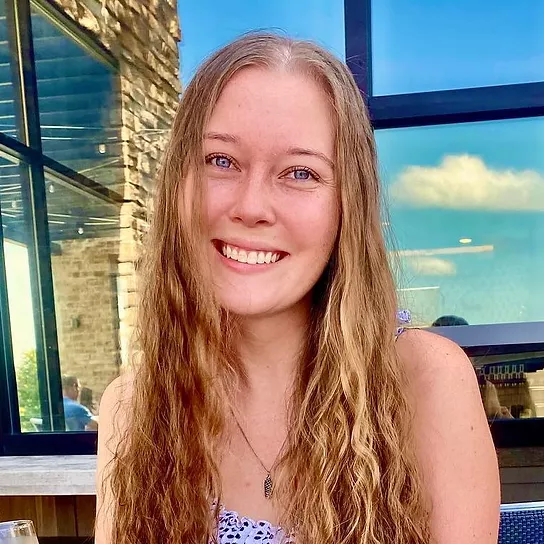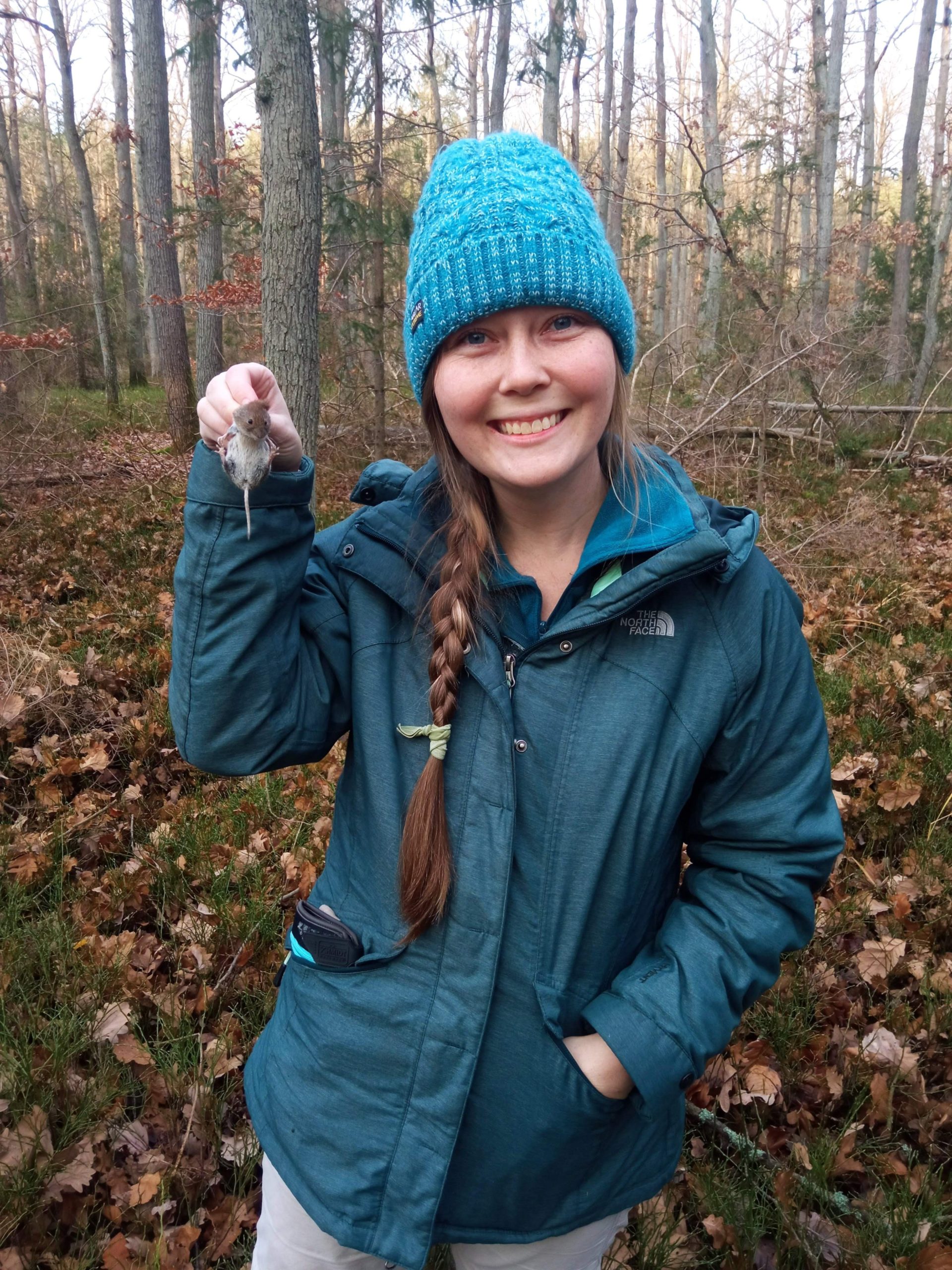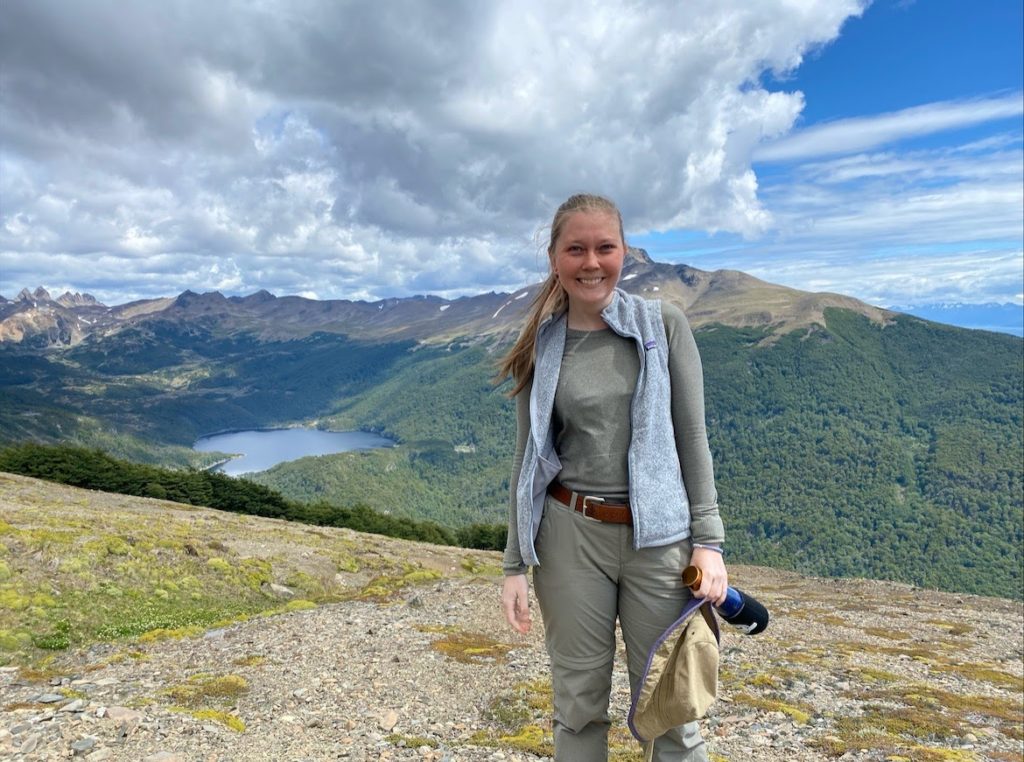Emma Spence has been busy circling the globe with one goal in mind: to help answer the question, “Do corridors work?” She recently returned to the U.S. from Poland and Italy, where she and local collaborators collected data and genetic samples at wildlife corridor sites. They want to see whether these linkages between areas of habitat are helping promote gene-flow for native mammal species such as the European pine marten and the yellow-necked mouse. As the Wildlife Corridor Field and Lab Manager at the Center for Large Landscape Conservation, Spence is utilizing her expertise in GIS and conservation genetics to identify what factors make a corridor successful.
 The collaborative study she is currently managing, called “Wildlife Corridors: Do They Work and Who Benefits?”, aims to address the question of whether corridors are successful in protecting wildlife from extinction resulting from habitat loss and fragmentation. Spence, the project’s principal investigators, and local collaborators are measuring long-term gene flow, or the transfer of genes from one wildlife population to another, in approximately 20 landscapes spanning four continents.
The collaborative study she is currently managing, called “Wildlife Corridors: Do They Work and Who Benefits?”, aims to address the question of whether corridors are successful in protecting wildlife from extinction resulting from habitat loss and fragmentation. Spence, the project’s principal investigators, and local collaborators are measuring long-term gene flow, or the transfer of genes from one wildlife population to another, in approximately 20 landscapes spanning four continents.
“When I graduated high school, I thought I wanted to be a truck driver, so I could get paid to travel,” recalls Spence. “After my parents strongly insisted that I go to college, I did a nine-week interactive field program traveling to different national parks for college credit.
“While hiking Angel’s Landing in Zion National Park, the sun suddenly disappeared as a condor flew by. We had been learning about condor reintroduction in the area, but to see conservation up-close and personal made me know I wanted to pursue science and be able to make a positive impact on the natural world.”
Her earlier dream to get paid to travel has also come true, as her career has given her the opportunity to travel frequently without learning to drive a big rig.
Spence earned a B.S. in Environmental & Geospatial Science and an M.S. in Applied Geospatial Science at Bowling Green State University. During her studies, she traveled to Africa, India, and Germany to conduct field work, along with studying the causes of population declines of greater sage-grouse here in the U.S.
 Today, she is based in Denton, Texas, and works out of a genetics lab at the University of North Texas when she’s not traveling for the Center. Her corridors project has already collected data in Kansas, Idaho, Ohio, Czech Republic, Poland, and Italy. For 2022, they are working with collaborators to open sites in places such as Germany, India, Kenya, and Nicaragua. They hope to use what they learn to ensure future corridors are designed for maximum effectiveness.
Today, she is based in Denton, Texas, and works out of a genetics lab at the University of North Texas when she’s not traveling for the Center. Her corridors project has already collected data in Kansas, Idaho, Ohio, Czech Republic, Poland, and Italy. For 2022, they are working with collaborators to open sites in places such as Germany, India, Kenya, and Nicaragua. They hope to use what they learn to ensure future corridors are designed for maximum effectiveness.
“At each location, I work with local collaborators to implement field protocols to live-trap mammals, collect tree measurements, record audio of the forest to document presence of natural and unnatural sound, and set up trail cameras to characterize human impacts on the natural landscape,” says Spence. “Once all the genetic samples are collected from the animals, I return with a mobile genetic lab to extract DNA from the samples.”
And when the field work and lab work is done, she likes to explore her new surroundings.
“I enjoy being a tourist and seeing all the sights and sounds. Seeing the colosseum in Rome, eating crepes in Opole, Poland, and, on a non-work-related trip, seeing glaciers in Chile were my tourist highlights of 2021.”
Spence acknowledges that the Covid-19 pandemic has made field work more challenging because there is additional prep work along with many hoops to jump through in planning for each trip.
“Due to COVID, I have had a lot of swabs stuck up my nose,” she says, explaining that for every trip she needs a negative test to leave the country, another to return to the US, and then another five days later to ensure she didn’t pick up the virus while traveling. But it hasn’t dampened her passion for travel or for conservation.
“In spite of all that, once you’re there, in-country and in the woods working, you forget the pandemic is taking place and get to just be present in nature.”
For more information on Spence’s current project, visit docorridorswork.com
Learn more about the Center’s Corridors & Crossings and International Connectivity programs



